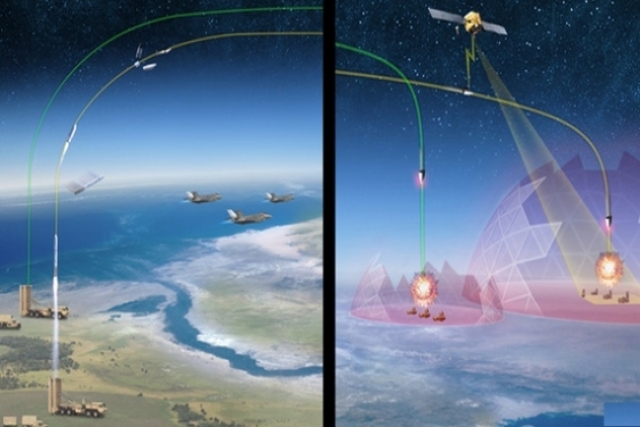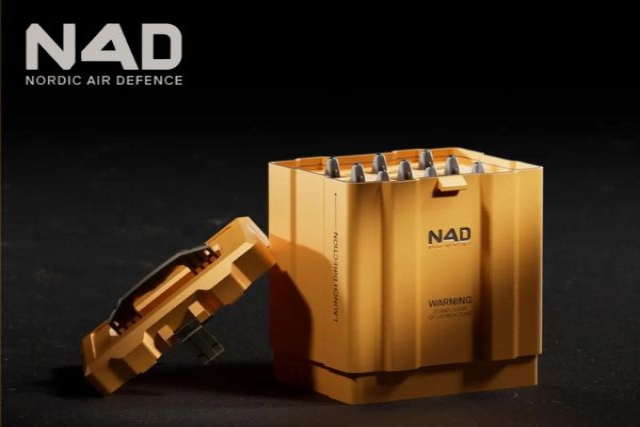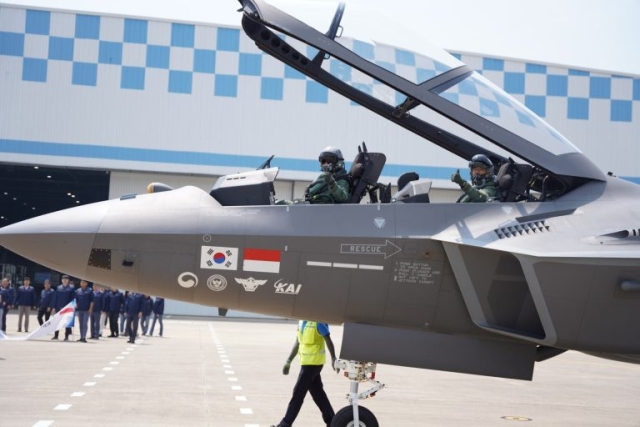DARPA Launches Program to Develop Drone IR Sensors for Navigation in Low Visibility Conditions

The US Defense Advanced Research and Projects Agency (DARPA) has launched a program to develop infrared (IR) sensors or “invisible headlights” for navigation in low visibility conditions to stay hidden from advesaries.
"Autonomous and semi-autonomous systems need active illumination to navigate at night or underground. Switching on visible headlights or some other emitting system like lidar, however, has a significant drawback: It allows adversaries to detect a vehicle’s presence, in some cases from long distances away," DARPA said in a statement last week.
“Since everything—animate and inanimate—gives off some thermal energy, the goal is to discover what information can be captured from even an extremely small amount of thermal radiation and then develop novel algorithms and passive sensors to transform that information into a 3D scene for navigation,” the statement read.
DARPA’s Invisible Headlights program seeks to discover and quantify information contained in ambient thermal emissions in a wide variety of environments, and to create new passive 3D sensors and algorithms to exploit that information, the research agency said.
“We’re aiming to make completely passive navigation in pitch dark conditions possible,” said Joe Altepeter, program manager in DARPA’s Defense Sciences Office. “In the depths of a cave or in the dark of a moonless, starless night with dense fog, current autonomous systems can’t make sense of the environment without radiating some signal—whether it’s a laser pulse, radar or visible light beam—all of which we want to avoid. If it involves emitting a signal, it’s not invisible for the sake of this program.”
The program includes three phases: 1) Discovery – to determine if thermal emissions contain sufficient information to enable autonomous driving at night or underground; 2) Optimization – to refine models, experimental designs, and ensure system feasibility for achieving 3D vision at both low speeds (<25 mph) and high speeds (>25 mph); and 3) Advanced Prototypes – to build and test passive demonstration systems that compete with active sensors.
“If we’re successful, the capability of Invisible Headlights could extend the environments and types of missions in which autonomous assets can operate – at night, underground, in the arctic, and in fog,” Altepeter said. “The fundamental understanding of what information is available in ambient thermal emissions could lead to advances in other areas, such as chemical sensing, multispectral vision systems, and other applications that exploit infrared light.”













